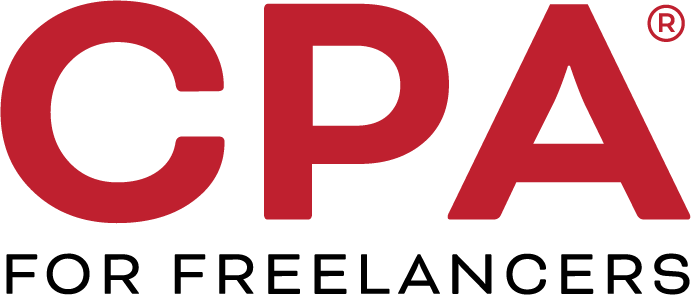What’s worse come December? The unending hunt for a good parking spot or buying the right present for your picky Uncle Todd? Add in responding to last-minute client requests and wrapping up presents and projects before the holidays and the end of the year is stressful. Yet, freelancers and the self-employed shouldn’t skip year-end tax planning. If you want to keep your pockets flush with money come tax time in April, then keep the following tips in mind as you close out the year. Knowing that you have given yourself every possible tax advantage as you take on the next year will bring as much satisfaction as watching Uncle Todd beam with pleasure when he opens your holiday gift.
1. Act now to accelerate deductions and manage your income for the current year.
Depending on your income level this year, you may want to defer some revenue items if you think it will keep you from reaching a higher tax bracket or if your income will be near the thresholds for the additional Medicare tax ($250,000 if married and filing jointly; $200,000 if single; and $125,000 if married and filing separately). If this is the case, wait to send out invoices for December projects until January rather than billing during the last days of December. (Yes, it pays to procrastinate!) Conversely, if your income is likely to be higher in 2016 you may want to bill clients now so the income is received in 2015 rather than in the coming year. (Okay, so maybe you have to do it now after all.)
On the deduction side, you may be able to accelerate your state and local income tax payments, real estate taxes, interest payments, or business investments, so think about any of these items which you may wish to pay for before next year is here.
2. Review estimated tax payments
Setting up a plan for estimated tax payments due next year is wise—including the fourth 2015 estimated tax payment due by January 15, 2016. So be a smarty pants: calculate this payment and the first one due for 2016 (April 18 next year) to give you a preliminary idea of your tax liabilities and how much you’ll need to set aside for this year’s and next year’s taxes.
3. Check your withholding and estimated tax payments now while you have time to fix a problem.
If you’re in danger of an underpayment penalty based on the calculations you made above, then you should panic! In all seriousness, take a deep breath and try to make up the shortfall now instead of waiting until your next tax payment. If you need assistance handling delinquent taxes or tax underpayments, it is a good idea to consult a tax professional who specializes in these matters.
4.Understand the home office deduction .
Keep in mind that you can deduct some of the cost of your home if you use your home as your principal place of business, use it to meet clients and customers in the normal course of business, or your office is a separate structure not attached to your home. With the relatively new simplified structure for this deduction, the IRS allows you to deduct up to $5 per square foot of home office
5. Maximize “above-the-line” deductions.
Above-the-line deductions are valuable because you deduct them before you calculate your Annual Gross Income or AGI. They are allowed in full and make it less likely that your other tax benefits will be limited. Common above-the-line deductions include traditional IRA and health savings account (HSA) contributions, moving expenses, self-employed health insurance costs and alimony payments. Sorry, Fluffy’s last bill at the veterinarian cannot be deducted.
6. Make the most of retirement account tax savings.
Without a traditional 401(k) like those offered by many employers, freelancers and the self-employed should be vigilant about funding their retirement savings. Otherwise, you may end up living in a van down by the river one day. It’s not too late to increase contributions to your retirement account or even start one. Traditional retirement accounts like an individual retirement account (IRA) still offer some of the best tax savings. Contributions reduce taxable income at the time that you make them, and you don’t pay taxes until you take the money out at retirement. The 2015 contribution limits for an IRA are $5,500 for an IRA ($6,500 for those 50 years of age and older). If you want to contribute more than this amount (good for you!) or you want to use a different investment vehicle, then seek counsel from a financial planning professional.
7. Perform an overall financial checkup.
The end of the year is the ideal time to party like it is 1999. Ok, so really it is the ideal time to assess your current financial situation and plan for the future, in addition to starting to get your tax documentation in order. (Fingers crossed you have your receipts filed accordingly and not stuffed in a shoebox!) You may even wish to review your choice of business entity to see if a different business structure might be more advantageous from a tax perspective.
While your to-do list this time of year may be as long as the list of reasons your sister still hasn’t found love online, tackling some of these year-end tax tasks will pay dividends in reduced taxes and, potentially, the avoidance of future penalties. Just think of the Zen-like feeling you will get from a renewed sense of control and preparedness going into 2016. It will be an invaluable quality to have for your freelance business, not to mention those awkward family dinners over the holidays!


